Berlin-Spandau is usually spared from streams of tourists. Good for us Spandauer, rather bad for some really great destinations that Spandau has to offer. We took a look at one of the few museums in Spandau:
Military History Museum at Gatow Airfield.
Gatow airfield
In 1935, an old glider field in Gatow was converted into a military airfield. Here, the National Socialists housed the Air Force Academy and the Air War School. Flights regularly took off from the airfield.
In April 1945, the Red Army occupied the airfield and stationed some aircraft here. In accordance with Allied agreements on Berlin, Spandau became part of the British Zone in mid-1945. The airfield became the home of the Royal Air Force Gatow.
During the time of the Berlin blockade, airlift planes also landed in Gatow and helped supply the Berlin population. About 1000 tons were delivered here every day.

For a short time, Gatow Airfield was also used for civil air traffic. However, with the transfer of air traffic to Tempelhof, this was discontinued. The only civilian aircraft that still landed at Gatow carried the British royal family when they made their state visits to Berlin.
From 1954 to 1994, the Royal Air Force had two aircraft permanently stationed at Gatow, which were used for aerial reconnaissance. In addition, there were some helicopters that had their home base here. Many flights no longer took off from the airfield, much to the delight of the Kladow population.

In 1994, the Allies withdrew from Berlin. Part of the site was taken over by the Bundeswehr. The airfield has been partly developed with residential buildings. The tower, some hangars and parts of the tarmac are now exhibition space for the Military History Museum.
Military History Museum
The museum in Gatow is a branch of the Dresden Military History Museum of the German Armed Forces. The exhibition is located in Hangar 3 (to be renovated in 2017/18) and Hangar 7, in the former tower building and on the open-air grounds of the former airfield.

We visited the museum on a Wednesday morning. I was a bit surprised when we arrived at the large parking lot of the museum. Our car was the only car far and wide. We were greeted at the entrance almost with a handshake and were given a map of the large grounds.
Bicycling and inline skating are allowed on the outdoor grounds (as long as you don’t hinder or endanger any visitors). Most of the offers are barrier-free, some even barrier-free (depending on the structural conditions).
First, we took a look around the grounds. A wide variety of aircraft types can be found here, from fighter-bombers and training aircraft to ground combat aircraft. For a layman, like me, the differences and types of aircraft are well explained on signs. I found it exciting to discover the differences and associate familiar names with an appearance.

One aircraft in particular caught my eye. The C47 Dakota of the Australian Air Force. The transport plane is one of the most built transport planes of the Second World War. During the Berlin Airlift, these aircraft were frequently used. Many Australian pilots also flew to Berlin at that time. However, never in their planes. Australian planes were not allowed to use the specified air corridors. In 1980, this aircraft nevertheless came to Berlin. A British soldier specially repainted the plane to look like a British aircraft. Once it arrived in Gatow, the Dakota was given back its original appearance. Since then, it has stood in Gatow as a reminder of Australia’s contribution to the Airlift.

On the way to Hangar 7, we passed some air defense vehicles. It’s amazing how huge the radar equipment on the car is. I wonder how they drove with it?
Hangar 7 houses a permanent exhibition on the Luftwaffe of the Federal Republic of Germany. Not only aircraft are on display. There is also a very interesting exhibition covering topics such as the cockpit, training of soldiers and air traffic control.
This air traffic control console was still being worked on in Berlin-Tempelhof until 2007.

My personal highlight, however, was a visit to the tower building. Today, there are exhibition areas here that remind us of the use of the airfield. For me it was a little time travel. I worked for the Royal Air Force in Gatow for 8 years and so I have been in this building a few times at my personnel office. Doors, stairs, flooring … actually only the officers were missing….
Is the visit worthwhile?
I think the visit is worthwhile in any case. Not only those who are interested in military history and aircraft should take a nice walk here. There is much to discover and the exhibition is constantly changing.

Address:
Am Flugplatz Gatow 33,
14089 Berlin
Opening hours:
Tuesday – Sunday: 10-18 h
Closed on Mondays, except holidays
24-26.12. and 31.12.-01.01. closed
Admission fees:
free
Free guided tours for visitors take place on Saturdays and Sundays, 2 p.m. each day (meeting point: Tower, entrance)
Disclosure: The use of the photos we took, was kindly approved by Press Office of the Military History Museum of the German Armed Forces.








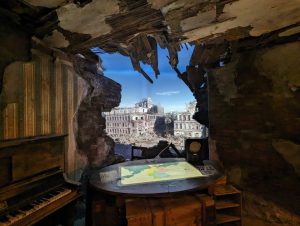








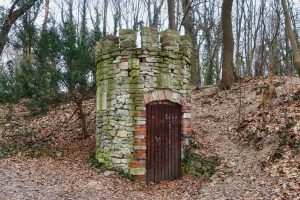
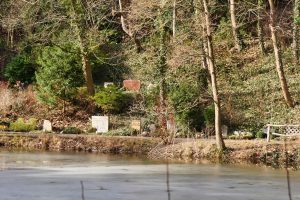
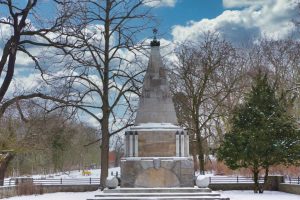










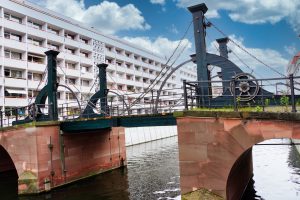
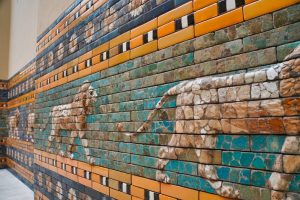



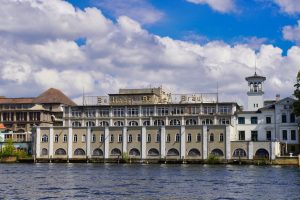









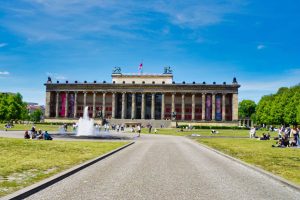





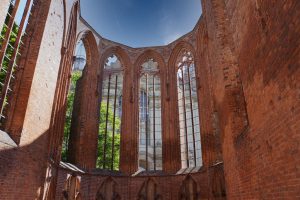

























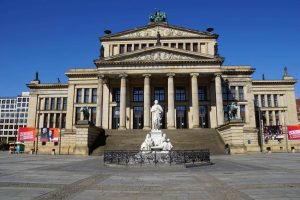

















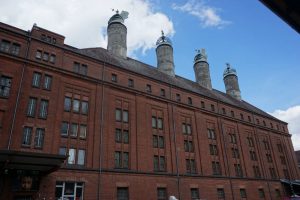





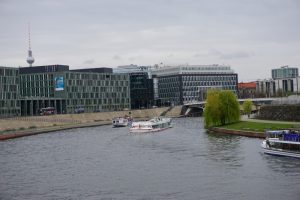
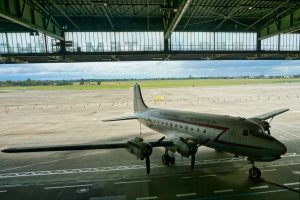








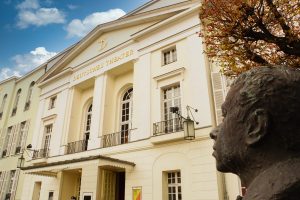


















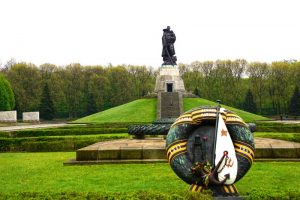














Leave a Reply